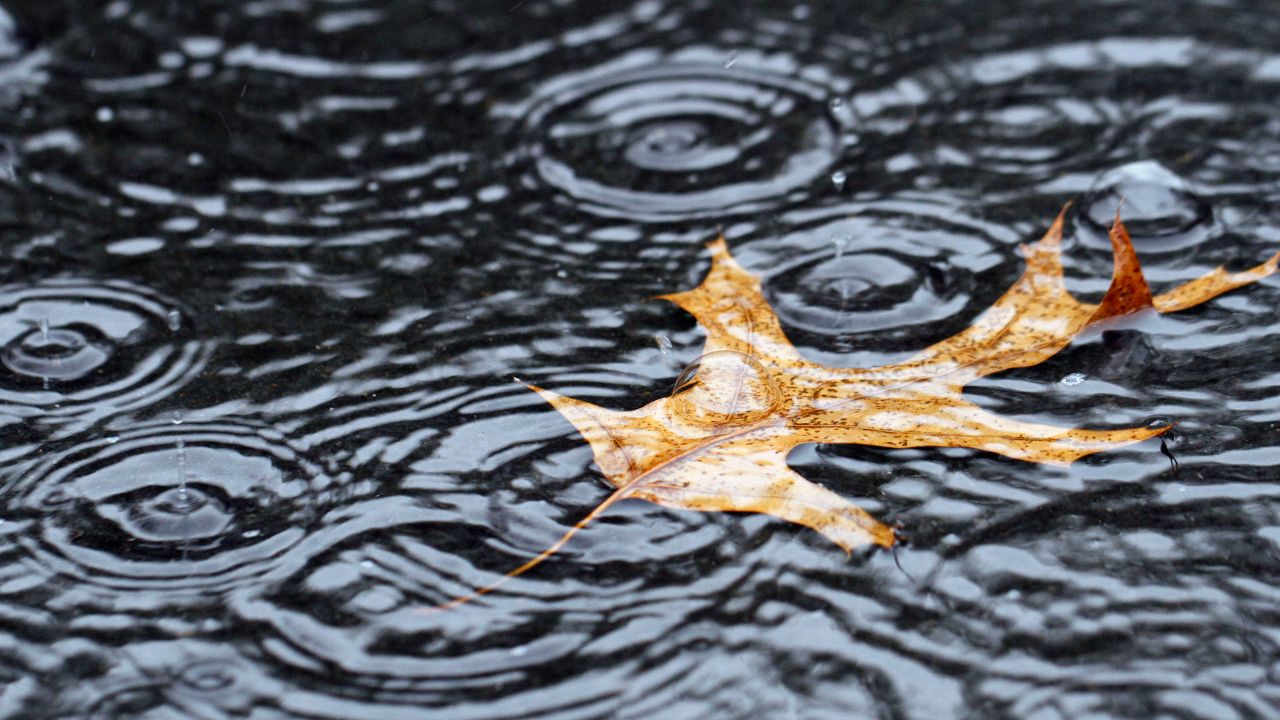How Using Rainwater and Greywater Can Help Reverse Climate Change
May 07, 2019
By Brook Sarson
You may already know that 80% of our water is imported in San Diego County. Water managers have implemented Desalination, and PURE water (wastewater recycled to drinking water) as further diversification strategies. This is great, but expensive and energy intensive. We are missing tremendous opportunities with water that is already here, which in turn decreases the carbon footprint of our water use. The Surfrider Foundation published this great short video, The Cycle of Insanity, back in 2010 to showcase water inefficiencies in Southern California. Reducing the amount of water we move around our state and how much we have to clean our water in order to repurpose it will greatly impact carbon emissions due to energy use. Rainwater and greywater harvesting specifically do this by using resources you already have onsite and using them for a purpose they are well suited to.
Few of us really understand how much water we use and what the ways we use water are. Get in touch with your water use using this water footprint calculator. Start calculating how much shower water your family uses by estimating a 2 gallon per minute showerhead, and adding up how long everyone showers every day. Determine how many loads of laundry your family does, and estimate using 10 gallons per load for 5 year old or newer front load washers, 25 gallons per load for 5 year old or newer top load washers, and 35-50 gallons per load for old top load washers. By simply understanding more about how you use water, you might be able to shift some of your habits in small ways that create a larger impact on our communities water use.
Over 50% of our residential water use in San Diego is related to landscaping. There is no need to water our landscapes with potable water that has been imported and treated. Untreated greywater released beneath the soil surface into a mulch basin is a perfect way to irrigate trees, shrubs and vines while adding nutrients back into the soil, reducing the need for fertilization. While most municipal and some groundwater in San Diego is relatively alkaline, which is hard on our clay soils, rainwater is soft and neutral or slightly acidic which is ideal for plant growth (remember how happy everything looks after a good rain). Using this water in your landscape not only offsets flooding, stormwater pollution and imported water needs, but is better for your soil and therefore your plants!
Conserving Water is only part of the story about creating resilient communities. We need ecologically rich landscapes to ensure healthy soil systems which is where the real work of carbon sequestration needs to happen. Having a barren landscape in order to “save water” is counter productive, often creating a heat island as well as harboring dead soil. With 70% of San Diego City paved over, our gardens are the last few places we have opportunities to create the biodiversity needed to enhance the ability for our soils to sequester carbon.
As homeowners begin to capitalize on using their greywater to grow more diverse things in their gardens, with mulch added, and denser plant coverage, soils become richer and the work to give nutrients to the plants comes from the soil rather than added fertilizers, which decreases the chemical processes, transportation, and stormwater pollution associated with off the shelf fertilizers. Addition of trees and shrubbery to our landscapes help create cooling in our neighborhoods. So rather than just removing vegetation to decrease water use, we can actually add vegetation when we take into account our onsite water supplies like rainwater, greywater, and AC Condensate. Check out all the benefits of different trees on energy savings, property value, carbon sequestration in this amazing Tree Benefit Calculator.
Put yourself in the landscapes below. Imagine how you feel when you are there. Are you hot/cool? What is happening when it’s raining?
Growing food in our backyards further decreases the carbon footprint associated with food that we buy in a grocery store. Additionally when we grow and eat seasonal foods, we tend to buy produce that comes from further away.
Permaculture is a great tool to help us develop resilient landscapes and communities. Using the ethics and principles of Permaculture, we can more effectively mange our climate change issues. Check out the permaculture design course to fast track your learning.

The U.S. Water Alliance promotes One Water, which San Diego water collaborators are looking to adopt. Imagine every drop of water being a limited resource, and essential to all life. Why do we dispose of “wastewater” when we have spent so much money to import and treat it? All water has gone through all the phases of the water cycle since the beginning of time. Every drop of water that has gone through our body has been inside another body at one time or another. Let’s imagine all the uses for every drop of water and re-envision our water supply locally together!
Learn more about what is happening with Climate Change Activism in San Diego here.





